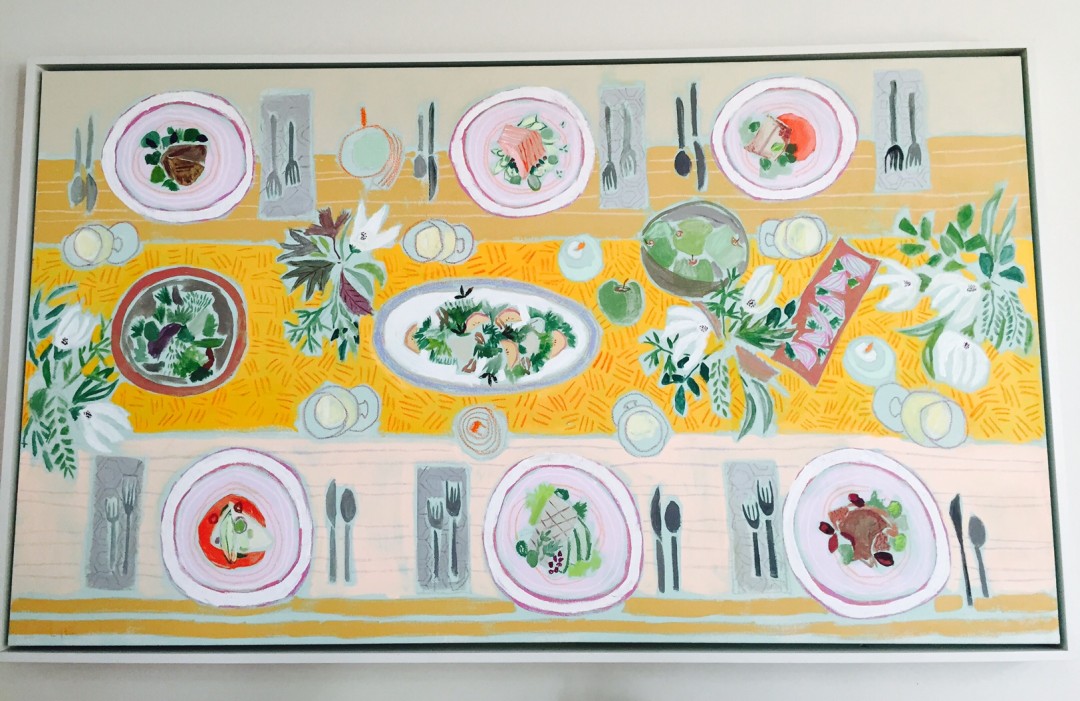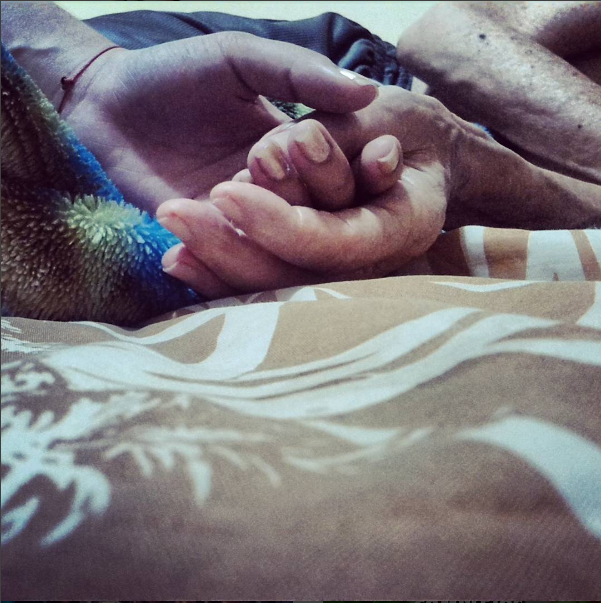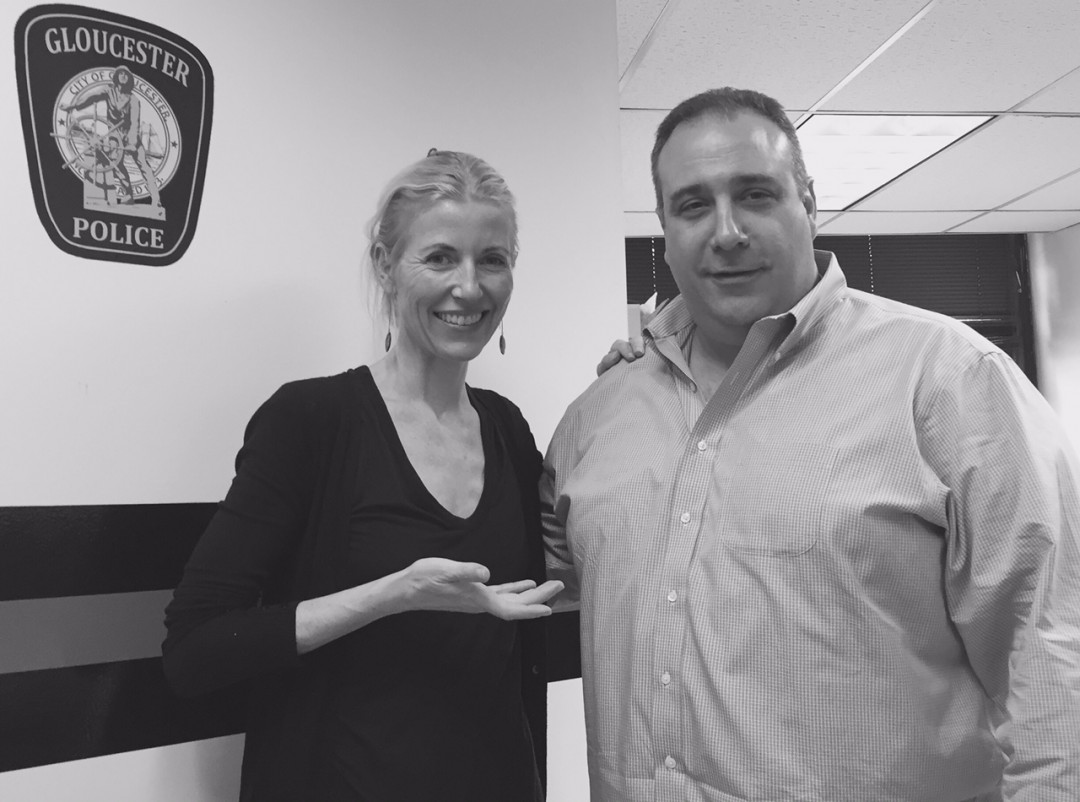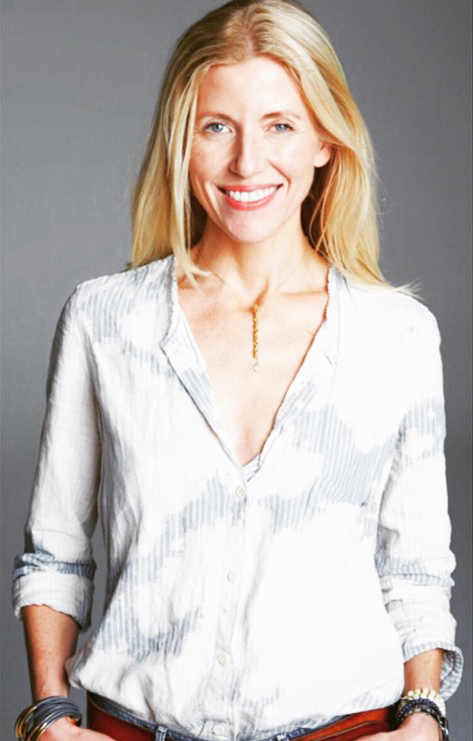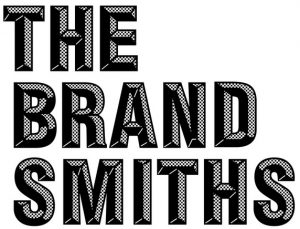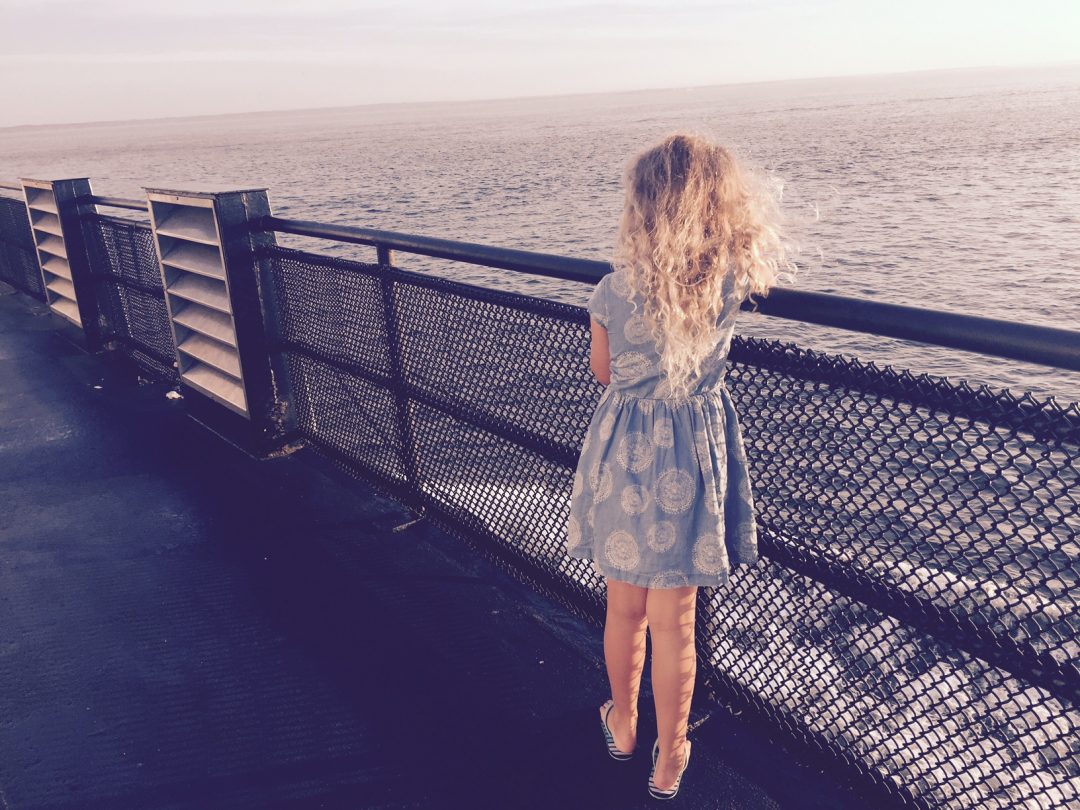
When your hands are clenched around it.
When losing it feels like a heartbreak.
When what you have the power to do, and what will save it, aren’t the same.
When you’re so far out to sea, the land has disappeared.
It’s normal to be attached to outcomes. If we weren’t, good and great work (they’re different) couldn’t and wouldn’t materialize. But what happens when your attachments run so deep on a project, to a person, to an idea or to a business, that the path to getting there — even if you get there — is so circular and sideways moving — you start to question whether the prize is worth having? In other words, is what it takes to have it / do it / achieve it, worth the battle scars? It’s a personal question. Everyone’s ability to tolerate a process is different. You only know how thick your skin is, how deep your patience runs, how much fight is in there — by doing it.
Part of my job requires attachment. So does yours. Like you, I sink my teeth in. I care. A lot. I’m invested and serious about meeting the standard of excellence. But where I have a question is here: how do I remain attached and engaged enough to bring my best, continue to commit my energy and mindshare, my emotional real estate — when it might, or easily might not, steer the ship to new, more profitable territory?
For me, the results only feel good if the process was one of earnest commitment from everyone.
I don’t know how to answer my own question.
I do know I can’t function at less than 100%.
So now I have a new job: Figure out how to deliver best possible level of thinking, creativity, teamwork and communication, give people the best context and visibility from my vantage point, guide with an open palm, not a fist — and then release 90% of the attachment to what happens.
I’m so not there.
But I want to be.
